What’s the best forklift for hilly terrain?

The best forklift for hilly terrain is a 4WD rough terrain model. Its superior traction, enhanced stability, and controlled engine braking are essential for safely…
What is the best forklift for construction sites with slopes?

You’re watching your standard forklift struggling up a […]
How can you work safely with a forklift on inclined surfaces?

Your operator is halfway up a ramp when the drive wheel […]
Why Your Standard Forklift Struggles on Slopes — And What You Should Use Instead
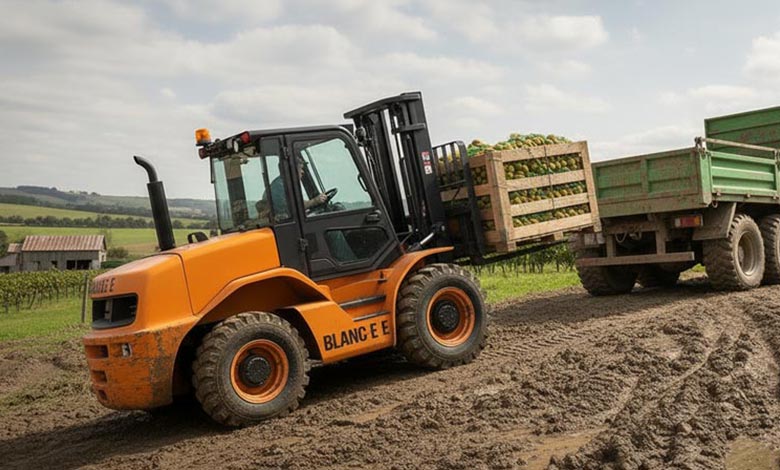
I’ve talked to hundreds of buyers over the years, […]
Why Do Standard Forklifts Keep Failing on Rough Ground? Here Are 25 Real Problems I’ve Personally Seen.

Standard forklifts fail on rough ground due to poor traction, low ground clearance, unsuitable tire patterns, ineffective torque transfer, weak slope stability, limited maneuverability…
What’s the Difference Between Front-Wheel and Rear-Wheel Steering in 4WD Rough Terrain Forklifts

It sounds like a small detail, but the steering system determines much more than you think —
it affects safety, handling, operator control, and real-world efficiency.
How Do Rough Terrain Forklifts Improve Outdoor Logistics Efficiency?
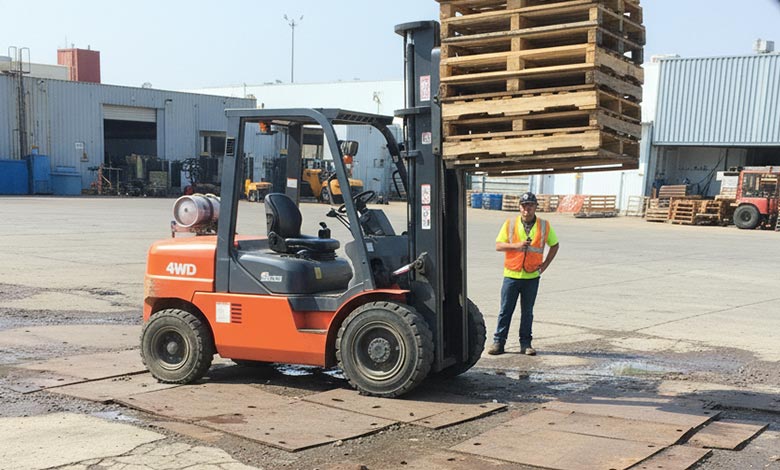
Rough terrain forklifts, with their 4WD systems, high ground clearance, and stable chassis design, keep outdoor logistics moving in uneven…
Why Are Rough Terrain Forklifts Essential for Mining Sites?
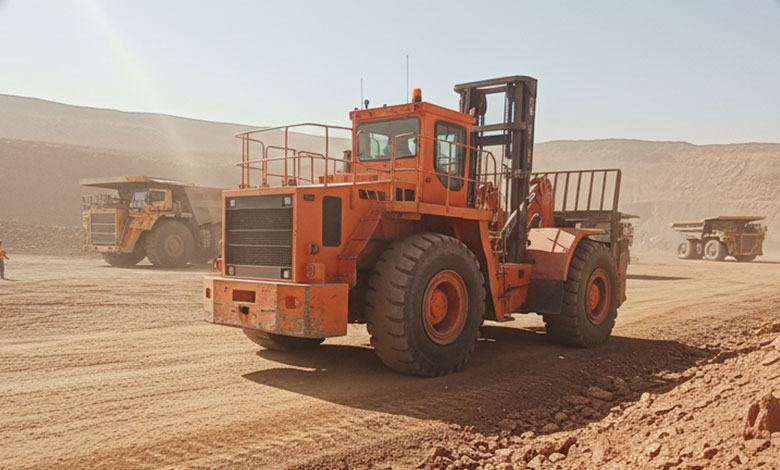
Rough terrain forklifts1 in mining are used for hauling materials, transporting parts, loading heavy equipment, and clearing debris…
What Do Rough Terrain Forklifts Do in Forestry Operations?
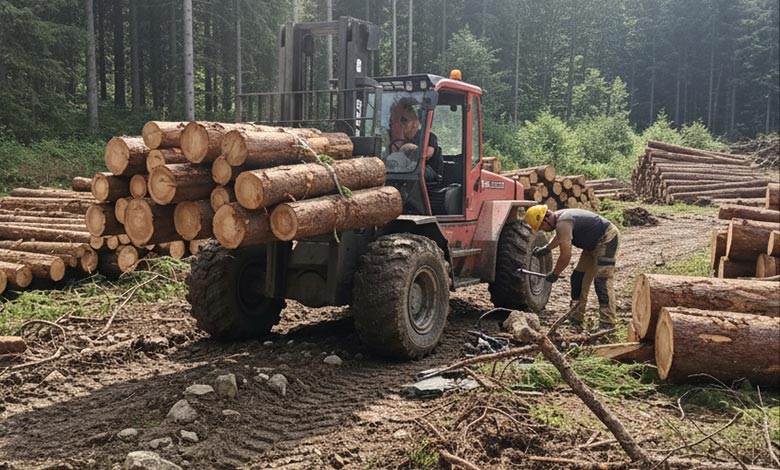
Rough terrain forklifts in forestry are used for moving, loading, stacking, and transporting logs across muddy, rocky, and sloped terrain…
Why Farmers Choose Rough Terrain Forklifts for Daily Work?
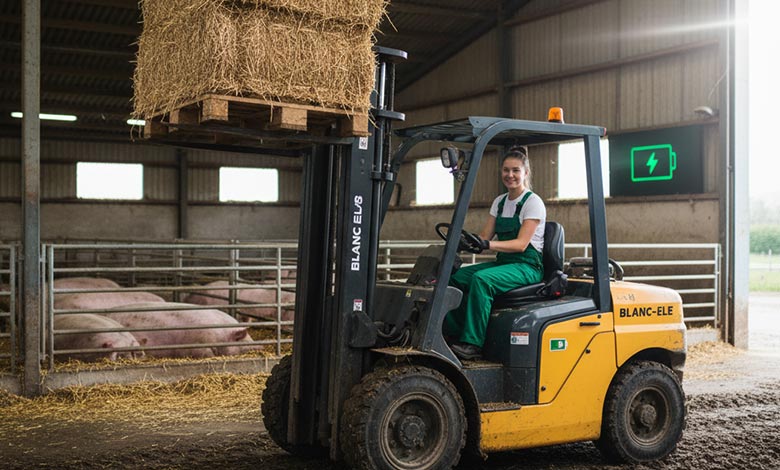
Farmers choose rough terrain forklifts because they can handle mud, grass, soft soil, and uneven ground without losing traction or time…
